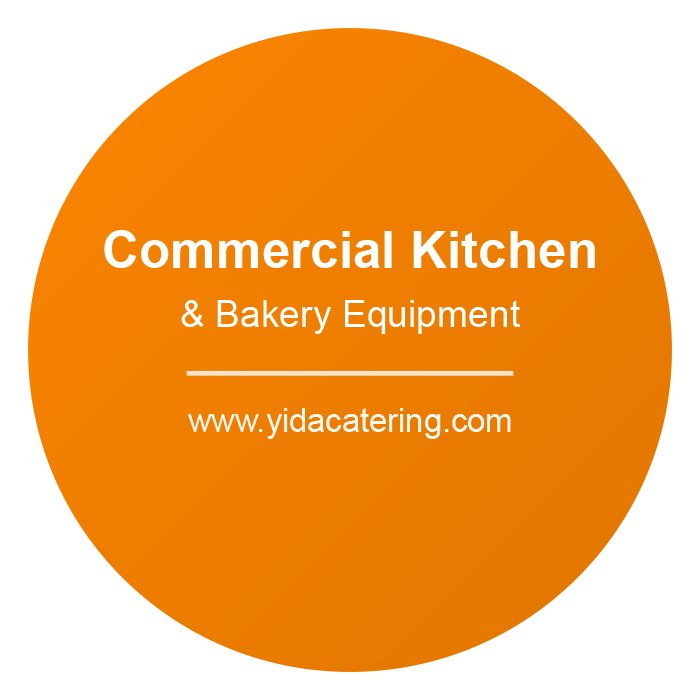In the competitive world of food service, delivering consistently exceptional fried chicken, succulent fish, or perfectly textured potato wedges can set your establishment apart. While traditional open fryers have their place, for those seeking the ultimate in speed, moisture retention, and flavor infusion, the commercial pressure fryer stands in a league of its own. This specialized piece of equipment is the key to unlocking a new level of deliciousness and efficiency in your kitchen.
What is a Commercial Pressure Fryer?
A commercial pressure fryer is an advanced frying appliance that cooks food under controlled pressure in a sealed environment. Unlike open fryers where steam escapes freely, a pressure fryer traps the moisture released from the food. This trapped steam builds up pressure inside the fry pot, which offers several unique advantages:
- It allows cooking at a lower oil temperature (typically around 300-325°F or 149-163°C) compared to open fryers (350-375°F or 177-190°C).
- The increased pressure helps to cook food much faster.
- Crucially, it seals in the food’s natural juices and flavors, resulting in a remarkably moist and tender product with a crispy exterior.
The Pressure Advantage: Why It’s a Game-Changer for Fried Delights
Investing in a commercial pressure fryer brings a host of compelling benefits, particularly for businesses renowned for their fried specialties:
- Unmatched Juiciness and Flavor: This is the hallmark of pressure frying. By cooking in a sealed, pressurized environment, the food’s natural moisture is retained, leading to incredibly succulent and flavorful results, especially noticeable in items like fried chicken.
- Significantly Faster Cooking Times: The combination of pressure and efficient heat transfer allows food to cook up to 30-50% faster than in conventional open fryers. This dramatically increases throughput, especially during peak service hours.
- Reduced Oil Absorption: Cooking at lower temperatures and for shorter durations means less oil is absorbed into the food. This results in a less greasy, healthier-tasting product that is often more appealing to customers.
- Extended Oil Life: Lower operating temperatures and reduced food particle carbonization (as flavors are sealed in) can lead to longer oil life compared to high-temperature open frying, translating into cost savings.
- Energy Efficiency: Cooking faster and at lower temperatures can contribute to reduced energy consumption per item cooked, making it a more sustainable and cost-effective option in the long run.
- Consistent Results: Modern pressure fryers often come with precise temperature and pressure controls, and programmable cooking cycles, ensuring consistent product quality every time, regardless of the operator.
- Enhanced Kitchen Environment: The sealed lid significantly reduces the amount of steam, grease-laden vapors, and cooking odors released into the kitchen environment compared to open fryers.
Key Features to Look For When Selecting Your Pressure Fryer:
Choosing the right commercial pressure fryer is vital for maximizing its benefits. Consider these features:
- Capacity (Lbs/Kg of Product per Load or Liters of Oil): Select a size that matches your production needs. Consider both the amount of food you can fry per batch and the oil volume.
- Pressure Regulation and Safety Systems: This is paramount. Look for reliable pressure relief valves, over-pressure shutoff mechanisms, secure lid-locking systems, and accurate pressure gauges. Safety certifications are crucial.
- Build Quality and Material: Heavy-duty stainless steel construction for the fry pot, lid, and exterior is essential for durability, ease of cleaning, and longevity in a commercial setting.
- Ease of Use and Programmable Controls: Intuitive controls, clear displays, and programmable cooking cycles for different menu items simplify operation and ensure consistency.
- Lid-Lifting Mechanism: A well-designed, counter-balanced lid or an automatic lifting system makes operation safer and easier.
- Filtration System: Built-in or easily compatible filtration systems are highly recommended. Regular oil filtration is key to maintaining oil quality, extending its life, and ensuring product consistency.
- Heating Element Type (Electric or Gas):
- Electric Pressure Fryers: Often offer very precise temperature control and can be easier to install if gas lines are not available.
- Gas Pressure Fryers: Can offer rapid heat-up and recovery times, preferred by some for high-volume operations.
- Ease of Cleaning: Features like rounded corners in the fry pot, accessible components, and efficient draining systems simplify the cleaning process.
Who Benefits Most from a Commercial Pressure Fryer?
While versatile, commercial pressure fryers are particularly indispensable for:
- Fried Chicken Restaurants & Chains: This is the classic application where pressure fryers shine, producing that signature juicy interior and crispy skin.
- Quick Service Restaurants (QSRs) specializing in fried items.
- Restaurants & Diners offering signature fried chicken or other breaded protein dishes.
- Caterers and Food Service Operations looking for high-volume, high-quality fried food production.
- Supermarkets with hot food counters.
- Any establishment wanting to offer premium, exceptionally moist, and flavorful fried foods efficiently.
Elevate Your Fried Offerings to Legendary Status
A commercial pressure fryer is more than just a piece of cooking equipment; it’s an investment in superior product quality, operational efficiency, and customer satisfaction. By harnessing the power of pressurized cooking, you can serve fried foods that are consistently juicier, more flavorful, and cooked to perfection in less time. If you’re serious about making your fried dishes a standout attraction, the commercial pressure fryer is your secret weapon.

